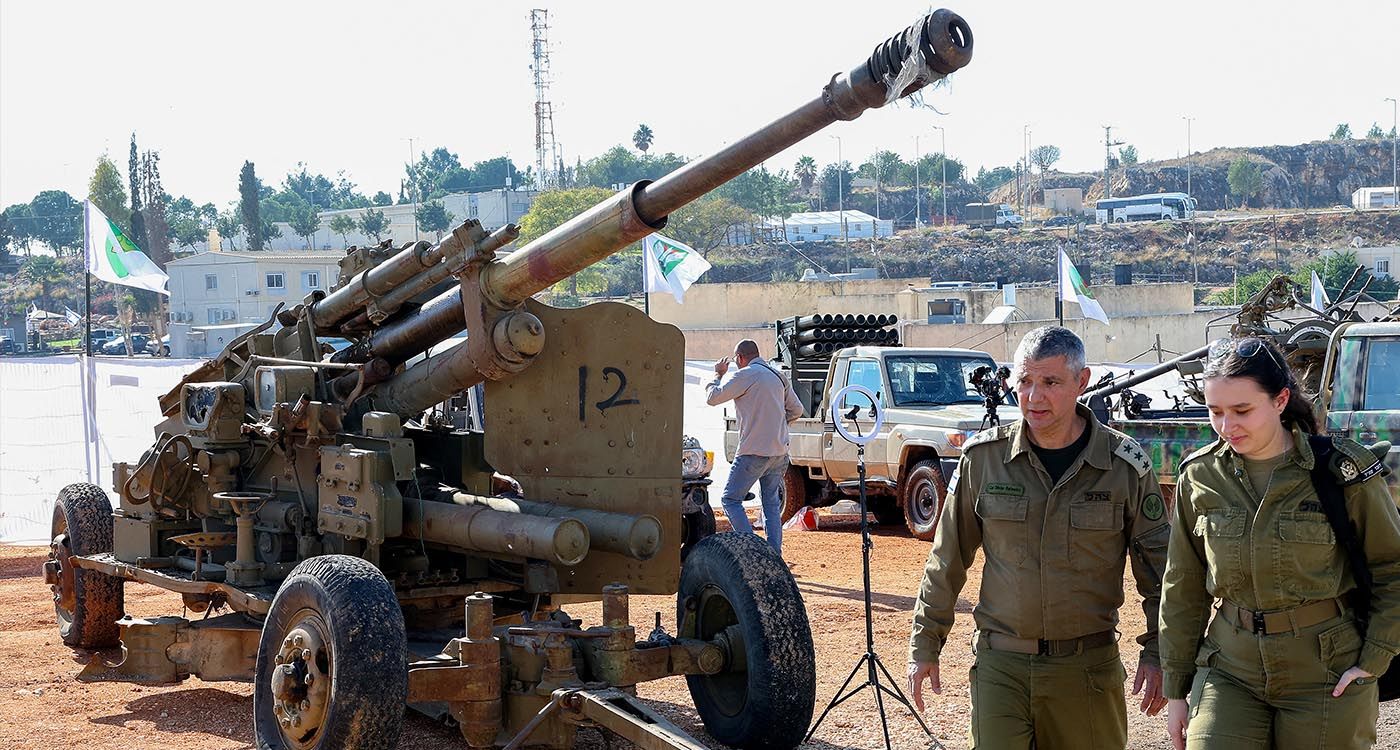
Halfway through the 60-day ceasefire initiated on November 27, nearly 800 Israeli violations have been recorded in just 33 days. Strikes targeting Lebanese towns and villages during this period have claimed over 30 lives. Observers warn that these alarming developments cast serious doubt on the viability of the truce agreement between Hezbollah and Israel. Meanwhile, Israeli forces remain entrenched in the border zone, awaiting the Lebanese Army to dismantle Hezbollah's military infrastructure and establish control over the region south of the Litani River.
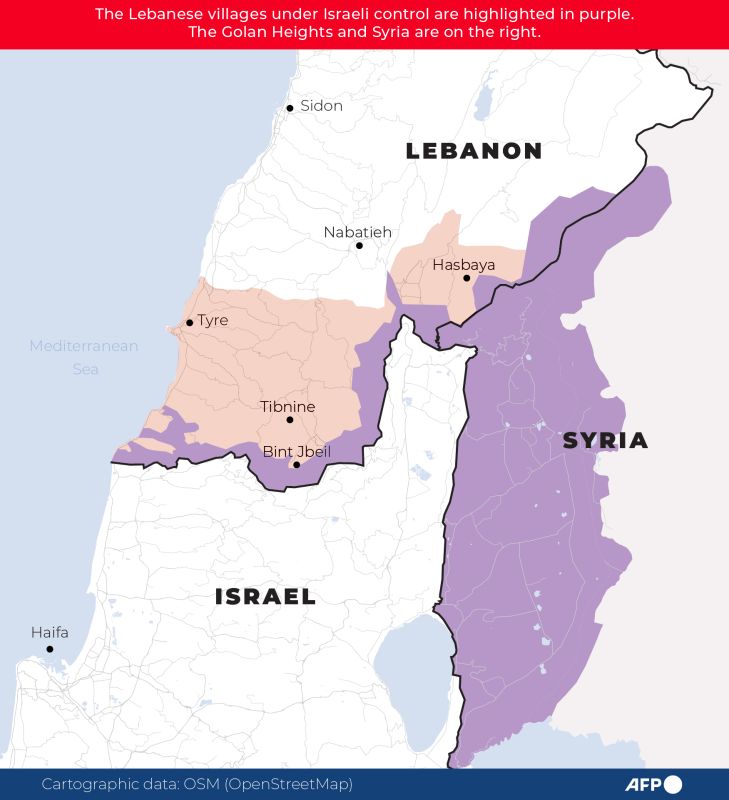
What’s the current situation on the ground? Which villages continue to be under Israeli control? What are the short-term and medium-term prospects for the region?
Drawn into a war under the banner of a “unity of fronts” with Palestinian Hamas, Lebanon has suffered extensive damage and significant losses, compounding an already unparalleled political and economic crisis.
Although the ceasefire has offered a temporary reprieve from deadly raids and direct combat, a genuine truce remains out of reach. Several Lebanese villages still come under sporadic Israeli bombardments, while key strategic areas remain under Israeli control, as the terms of the ceasefire agreement have yet to be fully implemented. Which areas are these?
“The Israelis have only withdrawn from Khiam (Marjayoun) and the Marjayoun Plain, but have not abandoned the positions they held before the ceasefire,” explains retired General Khalil Helou.
The main villages where they are still present include: Kfar Kila, Odaisseh, Rab al-Thalathine, Markaba, Hula, Mays al-Jabal, Mhaybib, Blida, Nabi Youshaa, Aitaroun, Maroun al-Ras, Yaroun, Aita al-Shaab, Ramiyeh, Marwahin, al-Matmoura, Alma al-Shaab, Naqoura, from Shamaa to the road linking Tyre to Naqoura, one part of Kfarchouba, the outskirts of Shebaa and the area stretching from the eastern slopes of Mount Hermon to the vicinity of Ain Aata.
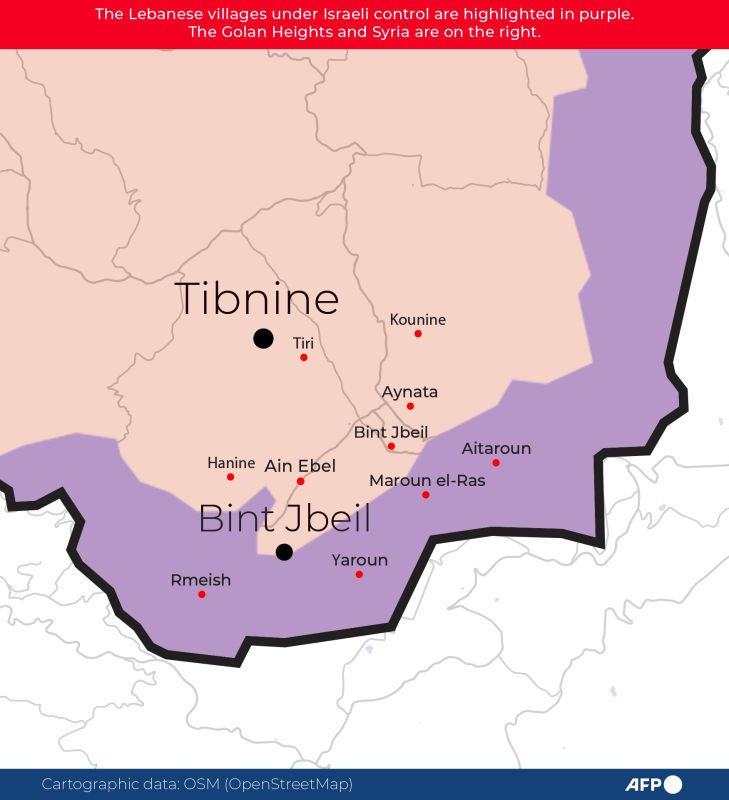
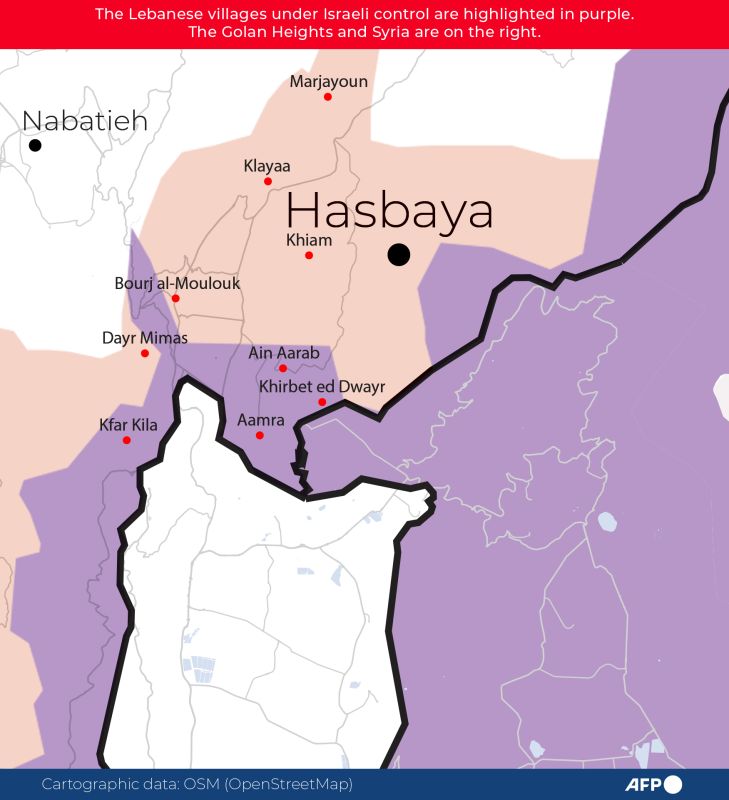
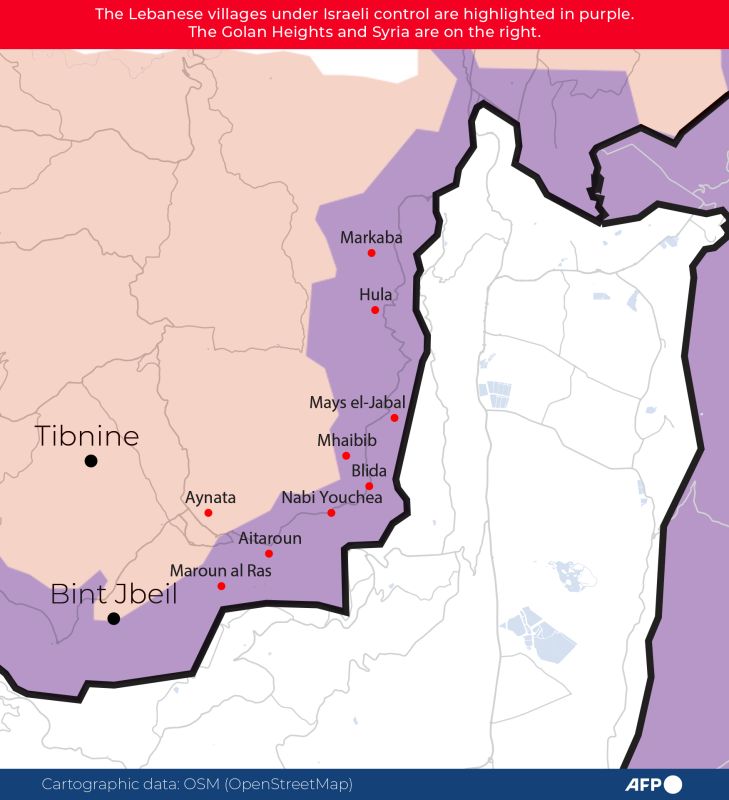
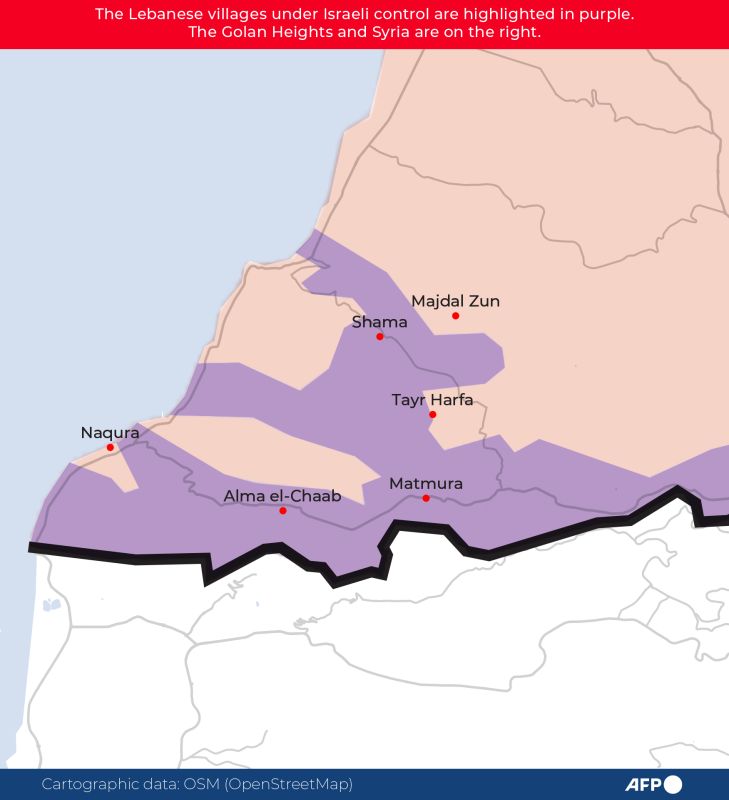
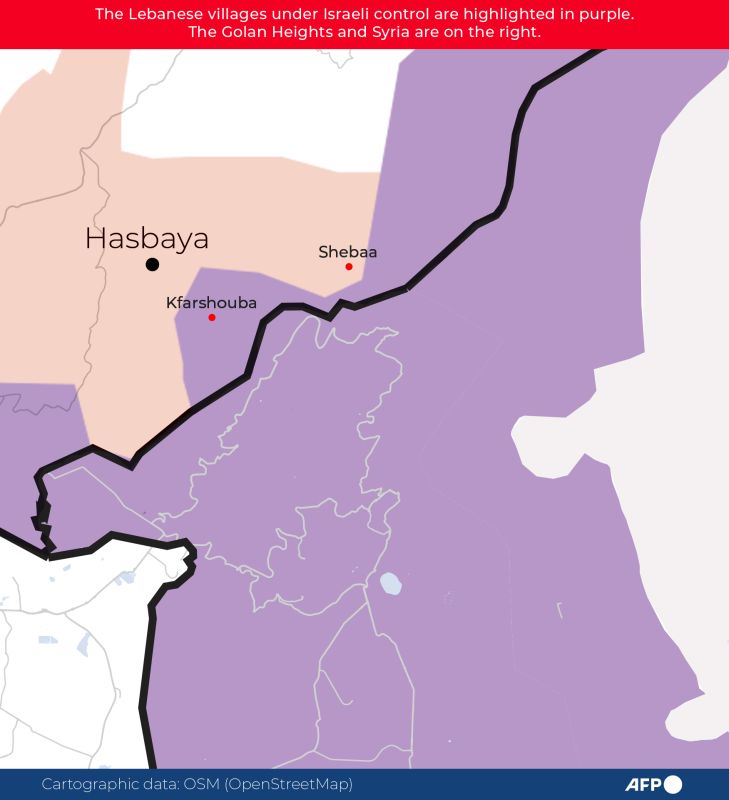
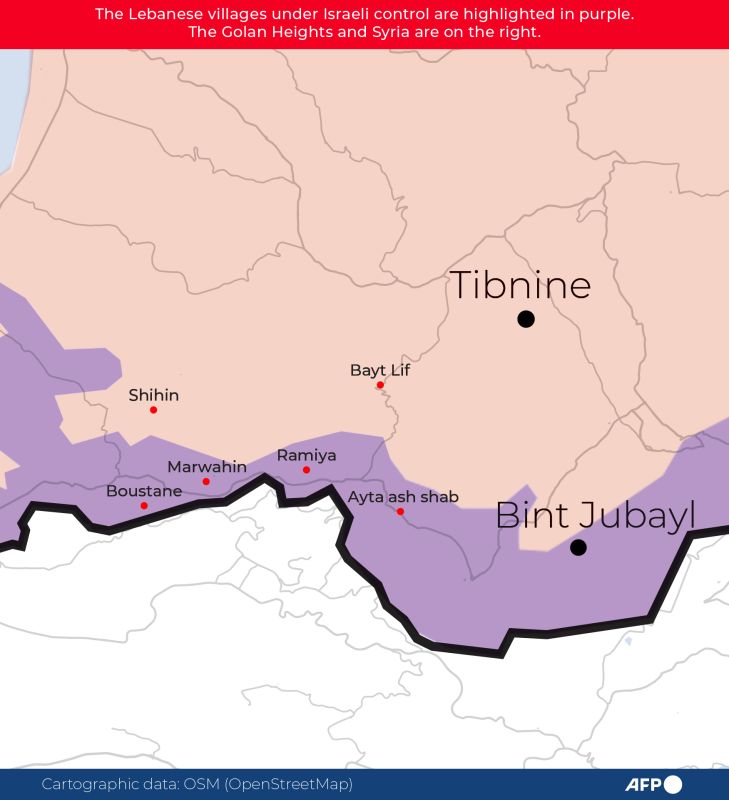
The Israeli Army is not present in the villages of Ain Ebel, Deir Mimas and Rmeish, but it has established a presence in the surrounding areas of these predominantly Christian localities, where Hezbollah has never had a presence. As a result, Israeli forces have advanced between 2 and 8 kilometers into Lebanese territory.
Along the Syrian border, Israel has expanded its areas of control following the fall of former President Bashar al-Assad's regime on December 8. According to General Helou, Israeli forces have “crossed the Golan, occupied the portion of 'No Man's Land' that separated the Israeli and Syrian armies, and positioned themselves in Mount Hermon and the southern part of the Anti-Lebanon range on both the Syrian and Lebanese sides.” He further adds that Israeli forces have moved closer to the Qatana region in Syria, located 22 kilometers from the Masnaa border post and 25 kilometers from Damascus.
“With this advance into Syria, there is nothing to stop the Israelis from moving north, bypassing the Beqaa, splitting it in two and entering Lebanese territory,” states the military expert, highlighting that “the rationale behind all these Israeli actions is security.” “By creating this tactical depth, Israel seeks to secure its positions in the Golan and southern Lebanon,” he adds.
The Wadi Houjeir Incursion
According to General Helou, the recent Israeli incursion into Wadi Houjeir can be explained in several ways, especially since it was considered an “advance route planned during the war.” By entering the area, “the Israelis were likely searching for arms caches and concealed combat positions that Hezbollah may have prepared in advance to confront them with a barrage of fire,” he suggests.
He adds that another possibility is “a reconnaissance mission to assess the potential for a breakthrough, should the unspoken goal be to continue their ground advance.”
In this context, he laments “the dismaying behavior of the Lebanese authorities,” questioning the government's failure to take meaningful action to enforce the agreement.
Where does the deployment of the Lebanese Army along the border stand? Why is it being “delayed?” he asks. “Lebanese officials offer only vague statements and delays, while, on one hand, the Israelis press forward with their plan to secure their border, and on the other, Hezbollah is reorganizing as if the agreement never existed,” denounces General Helou.
When asked whether the Iran-backed group still has the ability to “recover,” the military expert affirmatively answers. “Hezbollah has been significantly weakened. It is now focused on safeguarding its remaining military capabilities and preserving its influence over key political decisions in Lebanon. Therefore, it can undoubtedly rebuild, despite the disruption of land supply routes.”
According to Helou, maritime routes, particularly through the Suez Canal and the Mediterranean, remain a viable option for arms supplies, although the process is challenging.
Regarding funding, it is primarily facilitated through Iranian diplomatic pouches, among other methods.
While de-escalation prospects remain uncertain, Lebanon, already struggling and weakened by severe economic crises and a destabilized government, finds itself in a vulnerable position, grappling with both external pressures and internal challenges.
There are increasing concerns about the possibility of war resuming. While behind-the-scenes diplomatic efforts continue to uphold the truce, the future remains uncertain, and the situation's trajectory in the coming weeks and months is still unclear.





Comments